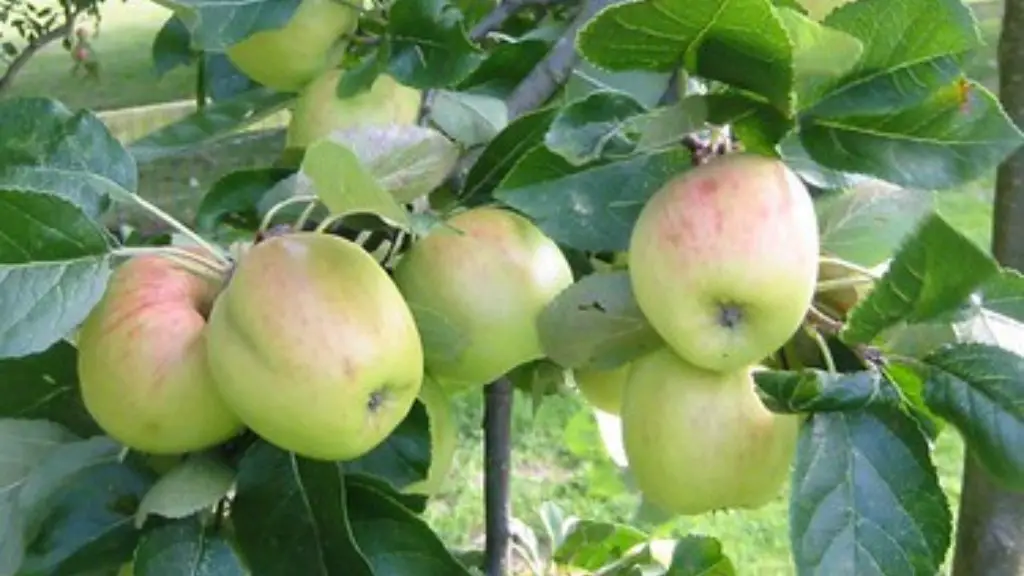If you’re looking to cut down a palm tree in Florida, there are a few things you need to know. For starters, you’ll need to have the proper equipment. A chainsaw is typically the best tool for the job. You’ll also need to be aware of any power lines or other hazards that may be in the vicinity of the tree.
When it comes to cutting down a palm tree, safety is of the utmost importance. Make sure you take all necessary precautions before beginning the job. Once you’ve got the tree down, you’ll need to remove the stump. This can typically be done with a stump grinder.
There are a few ways to cut down a palm tree in Florida, but it is generally recommended to consult with a professional tree service first. Some methods for cutting down a palm tree may require special equipment or training, and safety should always be a top priority.
Do you need a permit to cut down a palm tree in Florida?
There is no state regulation in Florida that requires a license in order to remove trees from one’s own property. This lack of regulation means that anyone can cut down a tree on their land, as long as the tree is not protected by other laws. While this may be convenient for some, it could also lead to issues if someone were to remove a tree without proper knowledge or experience.
If you want to remove a palm tree from your property in Florida, it’s important to check local regulations first. Only 12 of the 34 species of palm trees found in Florida are native to the state, but all types of palms (and other trees) may be subject to local protections and prohibitions on removal without a permit. Contact your city or county planning office for more information.
What trees can you not cut down in Florida
Did you know that some trees are protected by law? That’s right! Mangroves, sea grapes and some wetland vegetation are protected by statute in order to protect Florida’s shores and water resources. Other trees such as large oaks may be protected by your local municipality.
The cost of palm tree removal can vary depending on the height of the tree. For a palm tree that is up to 30 feet tall, the cost can be anywhere from $150 to $450. For a palm tree that is between 30 and 60 feet tall, the cost can be anywhere from $200 to $950. For a palm tree that is between 60 and 80 feet tall, the cost can be anywhere from $400 to $1,100. Finally, for a palm tree that is between 80 and 100 feet tall, the cost can be anywhere from $1,100 to $1,500 or more.
What is the new tree law in Florida?
As of July 1, 2022, any trees removed from common areas or properties, even if they pose a risk, may need to be replaced or replanted in a more acceptable location as required by local government. This is to ensure that everyone has access to the trees and the benefits they provide.
A local government may not burden a residential property owner’s rights to prune, trim, or remove trees on his or her own property if the tree “poses an unacceptable risk” to persons or property.
Why does Florida want to get rid of palm trees?
It is important to be aware of the difference in how palm trees and our native canopy trees affect the environment. Palm trees do not sequester carbon at the same rate as our native canopy trees, which means they are not as effective at counteracting the effects of climate change. Additionally, palm trees do not provide the same level of shade and cooling as our native canopy trees, which can help to counter the urban heat island effect.
The city is working to reduce its energy consumption by providing more shade on city streets, lowering what’s called the heat island effect. Palms don’t provide much shade. And they capture much less carbon than shade trees like maples or oaks.
Why is Florida ditching palm trees
Fort Myers is not the only city in Florida known for its palm trees. Miami Beach is also famous for its palm trees, but the city has announced plans to reduce the percentage of palm trees in the urban canopy from 57% to 25% by 2050. The reason for this is that palms don’t do well in capturing carbon and in providing shade.
When selecting trees for the landscape, it is important to consider their potential for invasiveness. Camphor tree (Cinnamomum camphora), mimosa (Albizia julibrissin), and Chinese tallow tree (Sapium sebiferum) are among the most common invasive trees in northern Florida. These trees can spread rapidly and choke out native vegetation, so it is important to choose carefully to avoid unintentionally contributing to the problem.
Can you get fined for cutting a tree down?
If you work on a protected tree without permission, you could be fined up to £20,000.
If you own your home, you don’t need permission to fell a tree that’s solely within your garden unless it’s: subject to a Tree Preservation Order. If you live in a conservation area, you’ll need to give six weeks’ notice to the council before felling any tree.
Do palm trees add value to your home
Fruit or palm trees don’t necessarily add more value to your home than other tree types. Instead, it’s more of a personal preference for the potential homebuyer. If you have a palm tree on your property that you think adds value, make sure to highlight it in your listing description and photos.
There are a few things to consider before removing a palm tree. Hiring a tree service is a good idea because of the potential harm it might pose to neighboring structures. You can dig up the tree’s roots and save them for replanting, or you can gently cut it down.
Are palm trees hard to dig out?
If you have to move a palm, it’s luckily one of the easiest plants to do so because of their large and fibrous root ball. They are compact and may be lifted out like a ball. The palms are also known for recovering quickly after a move. During the growing season is the best time to do it for the plant.
If a live tree falls on an adjoining property and damages that property owner’s home, the adjoining property landowner is responsible for damages, according to Florida Jurisprudence.
Conclusion
You can cut down a palm tree in Florida, but there are some restrictions. You may need a permit from the city or county in which the tree is located.
Yes, you can cut down a palm tree in Florida.





